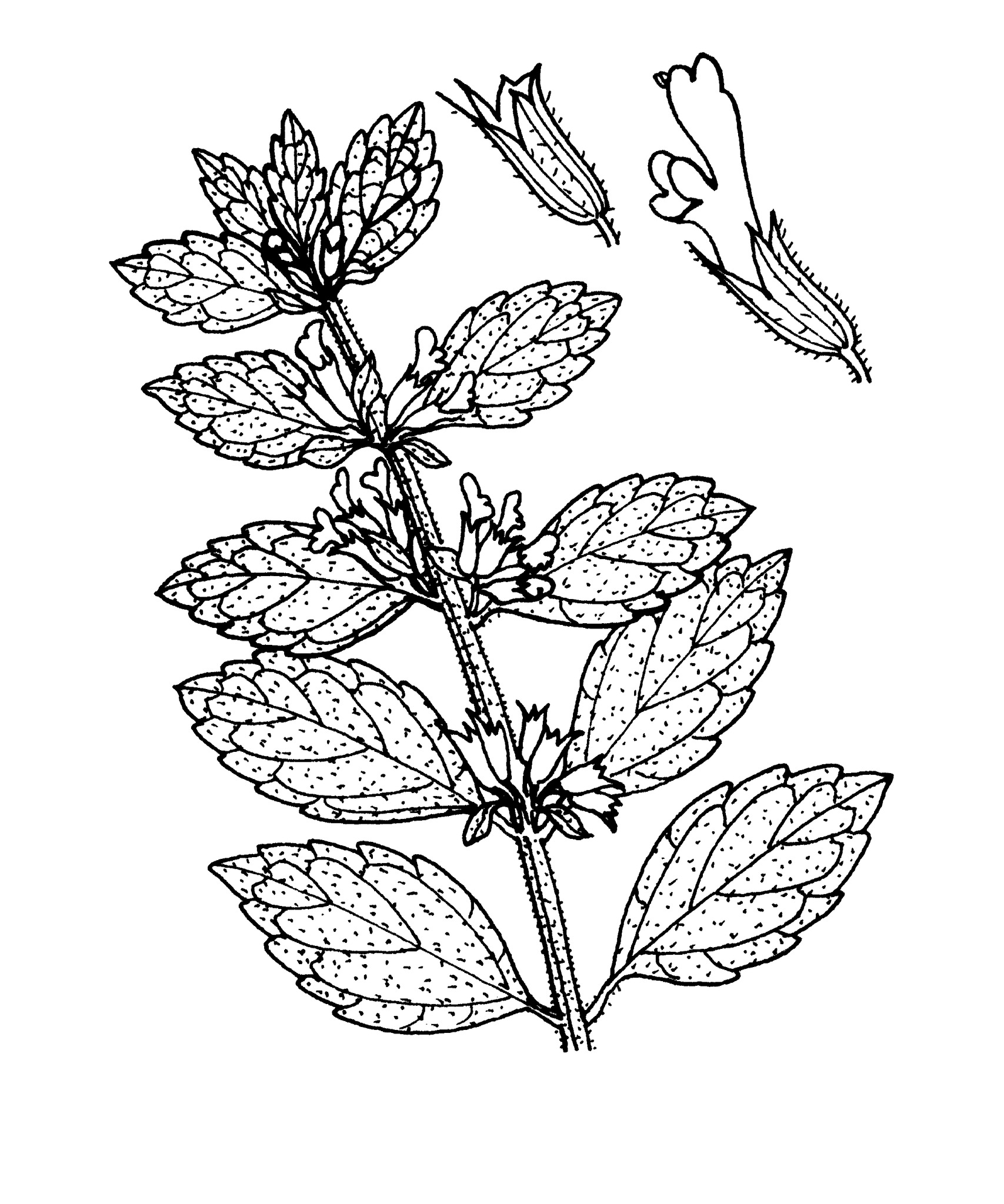
Greek melissa — bee, as this is a bee-attracting plant.
Perennial herbs. Leaves opposite, ovate, margin with large teeth, stalks short. Flower clusters in whorls in the axils of the upper leaves. Flowers with calyx bell-shaped, 2-lipped, with 13 veins, upper lip with 3 broad lobes, lower lip with 2 deep lobes. Corolla 2-lipped, the upper lip upright, lower lip 3-lobed. Anthers strongly diverging.
Grown as a culinary herb.
Division or occasionally by seed.
The fresh lemon-scented leaves are used to flavour food and drinks and for pot-pourri; bee-attracting.
Leaves strongly lemon-scented when crushed; corolla tube S-shaped.
3 species from Europe to C Asia.
Source: (2002). Lavandula. In: . Horticultural Flora of South-eastern Australia. Volume 4. Flowering plants. Dicotyledons. Part 3. The identification of garden and cultivated plants. University of New South Wales Press.
